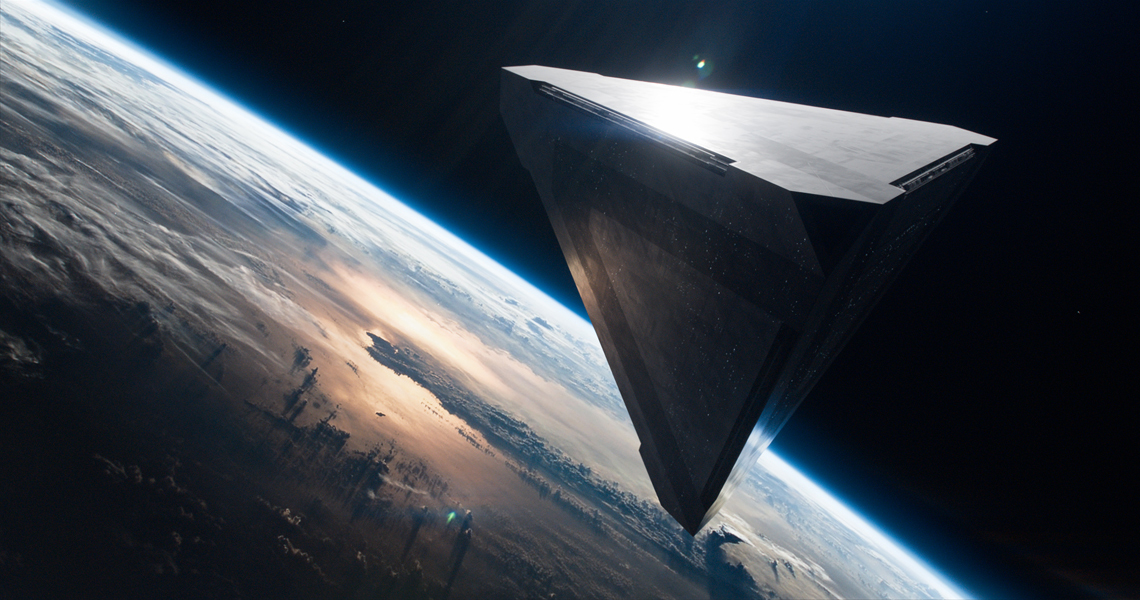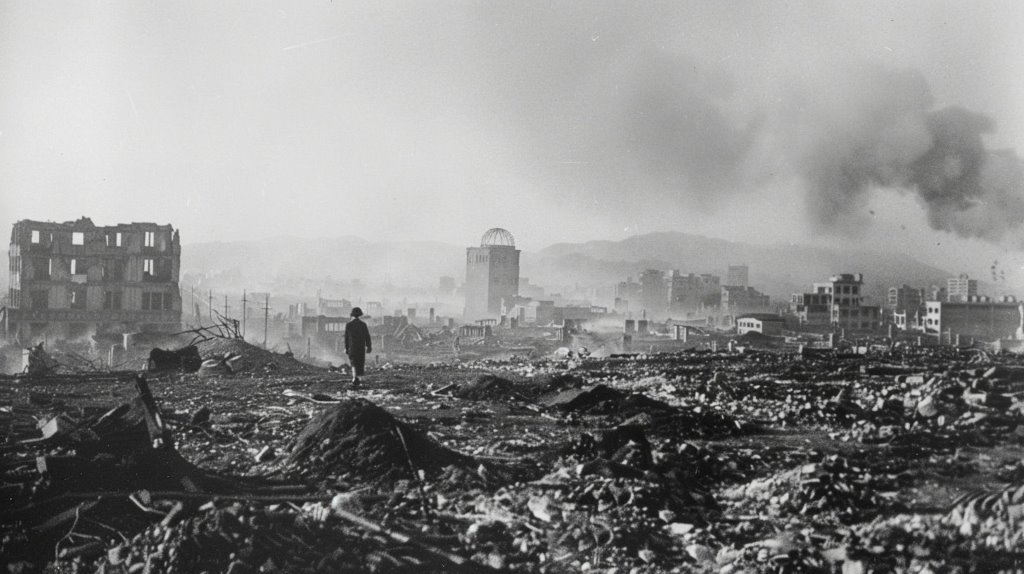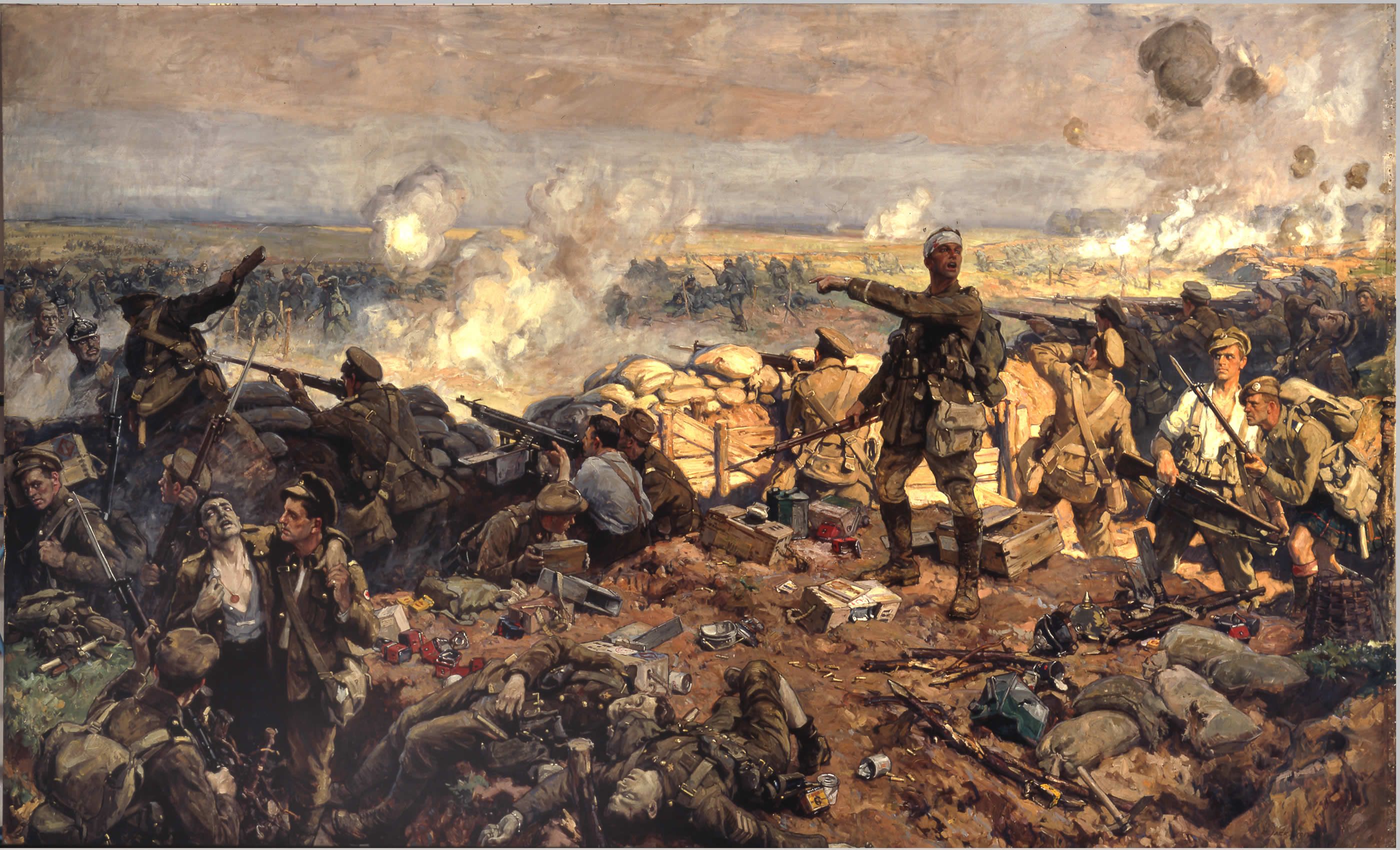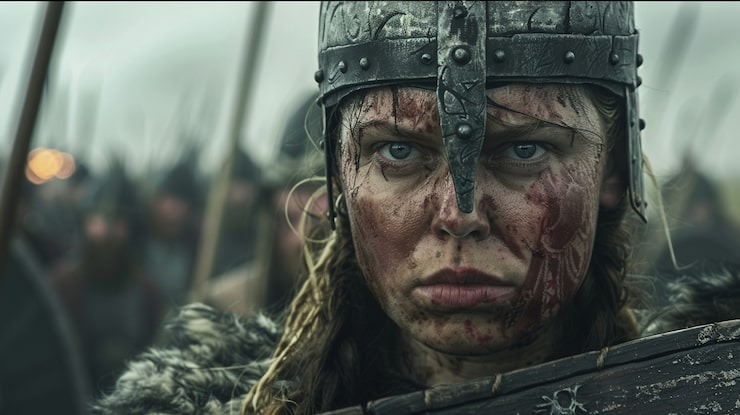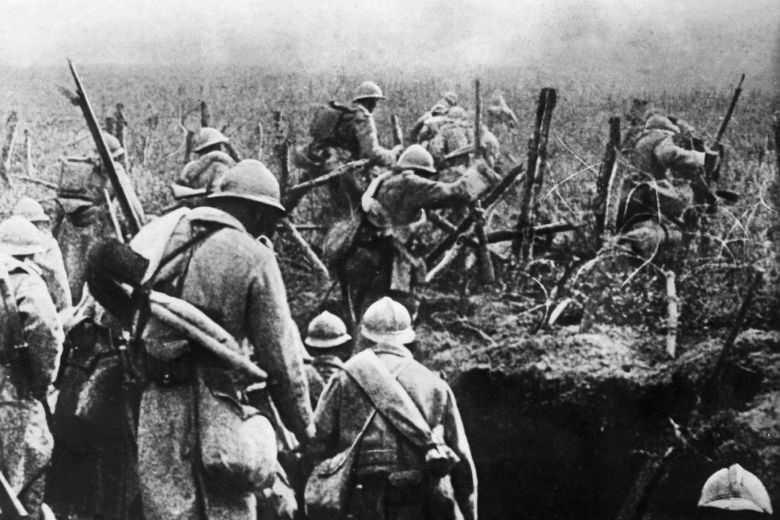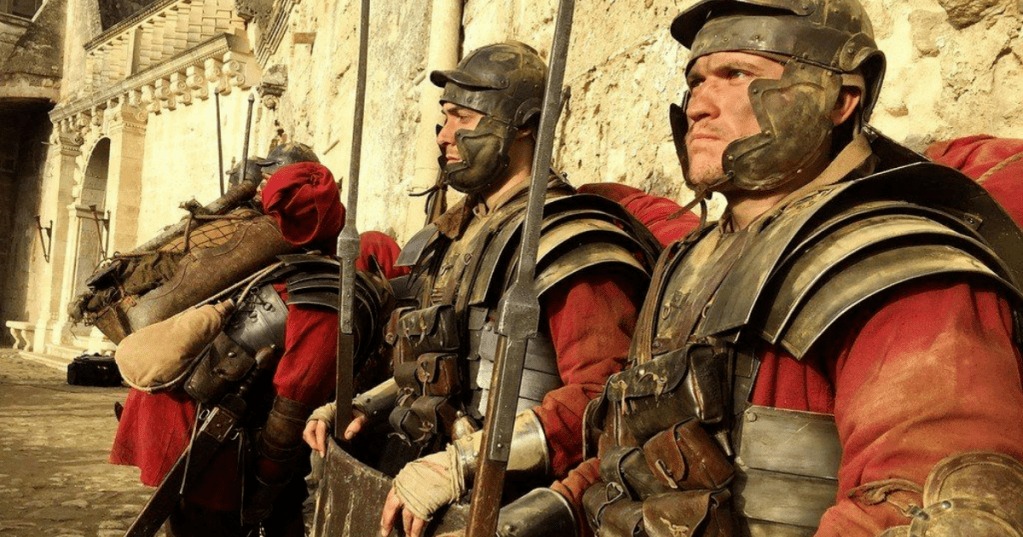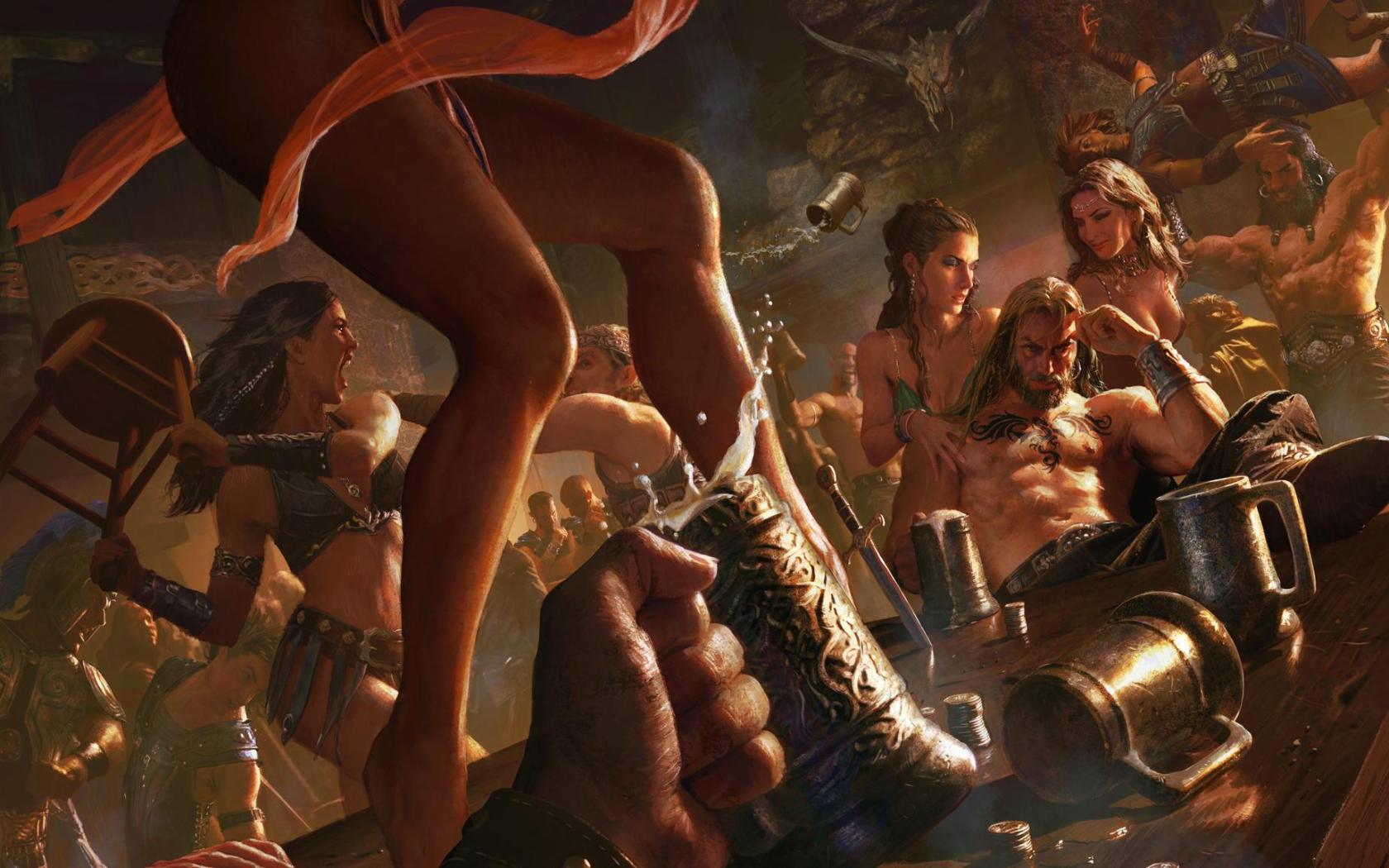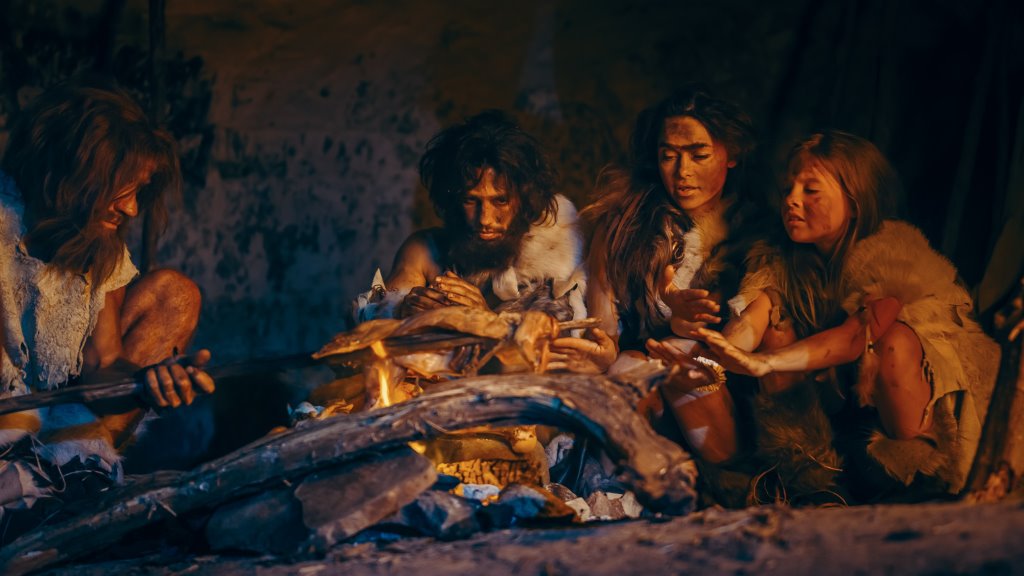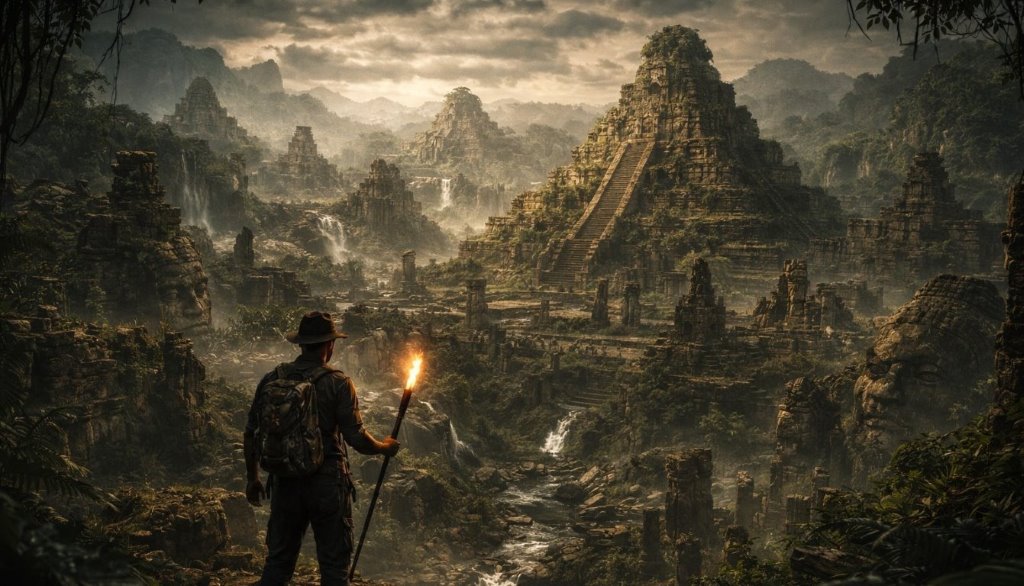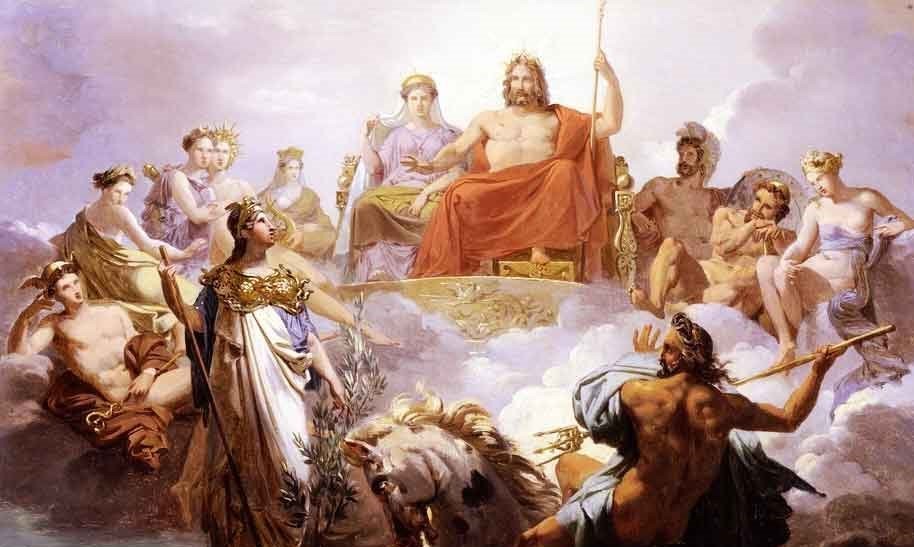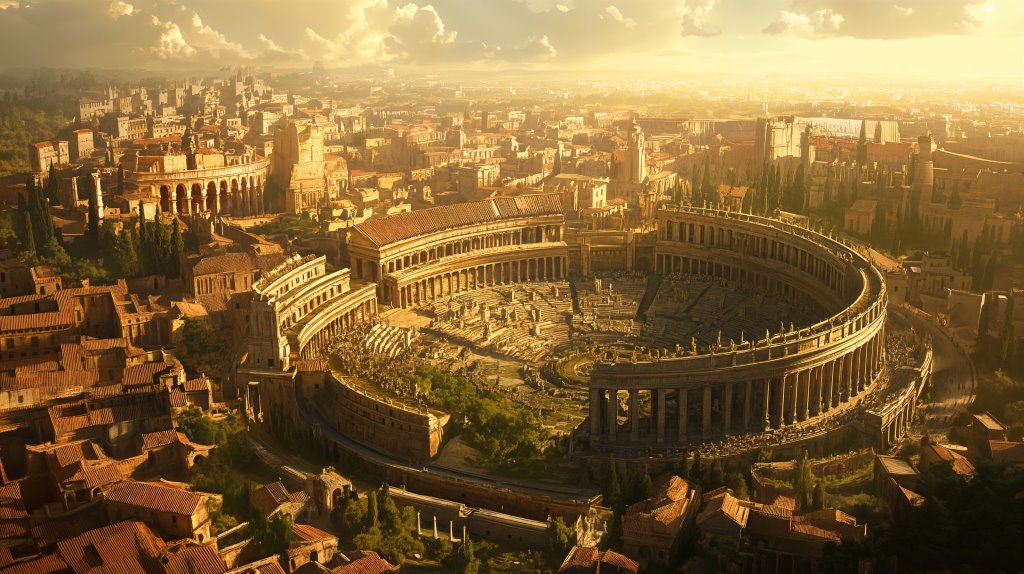The Darkest Periods in Human History
History is often taught through achievements — empires built, discoveries made, borders expanded. But just as important are the moments when humanity stumbled, suffered, and came frighteningly close to collapse. These darker periods weren’t just times of hardship; they reshaped societies, belief systems, and the direction of entire civilizations. Understanding them isn’t about dwelling on misery, but about seeing how fragile progress can be when disease, power, fear, or nature spiral out of control.


